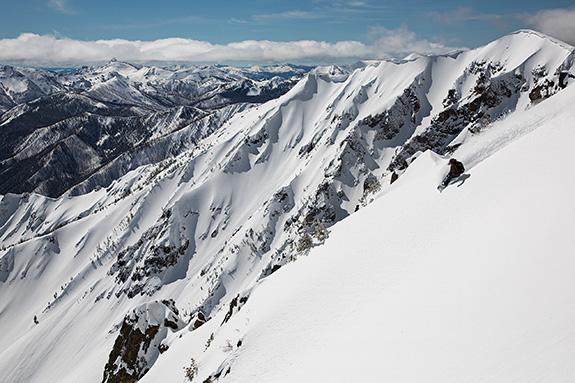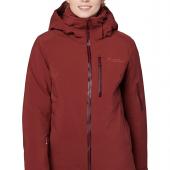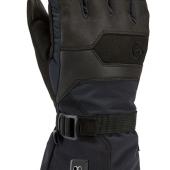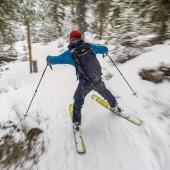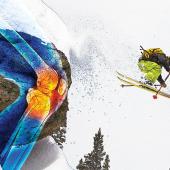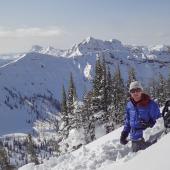Split Personality
What comes down must go up.
When I began snowboarding in the early ’90s, there were no efficient ways for riders to access the backcountry. Regardless, we donned our awkward snowshoes, ate our Wheaties, and ostensibly beat our heads against the wall in pursuit of backcountry nectar. Much to the consternation of our skier amigos, we punched gaping holes in the otherwise smooth, gripping skintracks, burning calories at about double the necessary rate. Having had previous backcountry powder epiphanies—gliding atop both tele and AT skis—I knew there must be a better, more energy-doling way to tour in the deep winter wilds… one that allowed us surf-inspired shredders to descend on our newly favored single-planks.
Eureka! By the mid-’90s, Salt Lake City–based Voile (in conjunction with avalanche forecaster Brett “Kowboy” Kobernik) gave us our first splitboard, the Split Decision. Fast-forward 25 years and now over 40 brands offer over 100 splitboard models from which to choose. But, like so many categories in modern times, we’re swimming in a sea of choices such that it’s easy to go cross-eyed. Take heed, grasshopper: I have a recommendation to simplify your search.
While I don’t know Bryan Iguchi—the grizzled, Jackson-based, salt-and-pepper shred legend—I like his style. And, I’m also drawn to the boards he’s helped Arbor develop: stiffer, cambered decks that rail turns with authority and yet have a playful snappiness. So, late last winter I got my hands on BI’s freshest split pro model, and took it out for a series of shakedown tours.
It’s a poppy and surgical ride that doesn’t require going 25mph to initiate a turn, like some all-carbon decks. While I’m primarily a directional rider, the BI Split is an all-mountain twin and has design elements that facilitate smooth switch riding for those with a hankerin’ to spin.
After setting the board up with Spark R&D Arcs and G3 skins, I began tromping upward. Having selected a 159 (this split is also available at 162), it was adequately light on the way up and nimble on kick turns.
I rode the board in boot-top pow on several missions but never experienced the ’Guch in ultra-deep blower. In the snow conditions I rode, it was silky smooth edge-to-edge: lively, predictable, and yet amply damp and confidence-inspiring at speed. All in all, she’s a serviceable sled for those seeking a shred-ready split.
The BI Split is built with parabolic camber, a design that progressively reduces the amount of camber toward the tip and tail. With all the camber/rocker back and forth over the past decade, I think this profile nails it. The deck incorporates a firm flexing tail, such that it scribes clean, precise, medium-round arcs. Both the tip and tail feature Arbor’s Uprise Fenders, which are basically a spooned bevel base profile that keeps the ends from catching when you’re trading tips.
The BI Split is available locally at World Boards.


